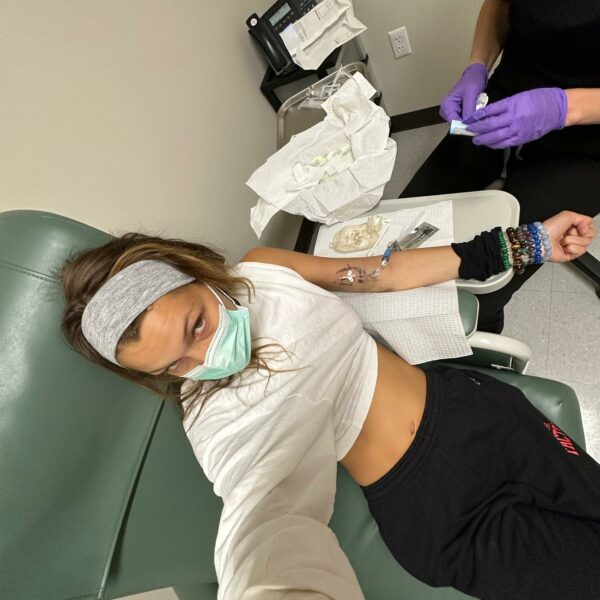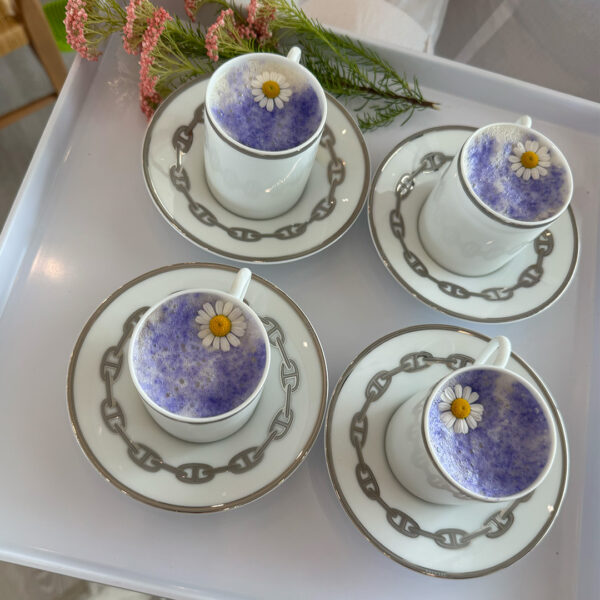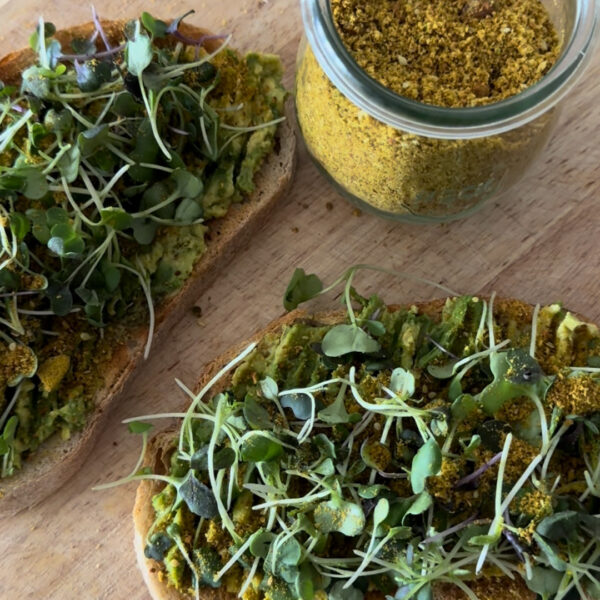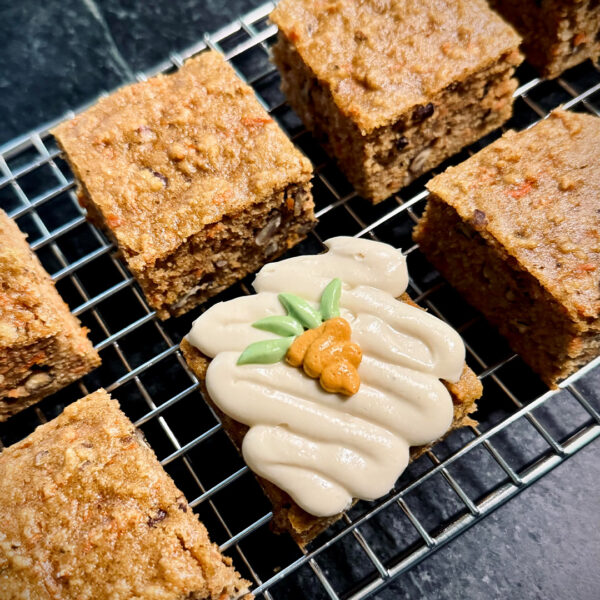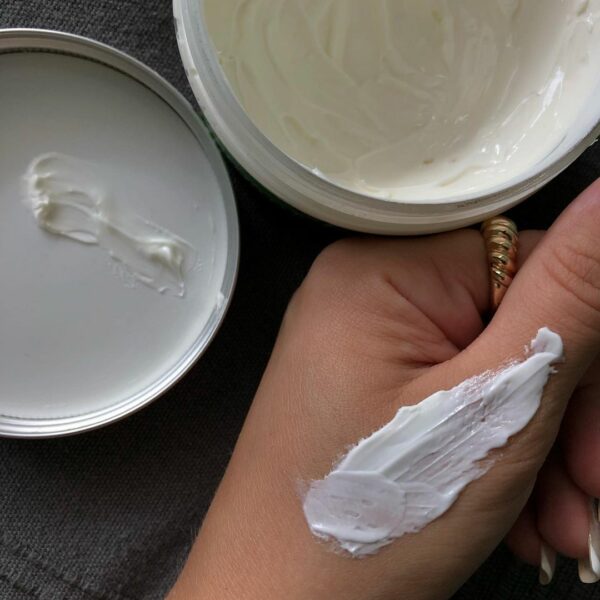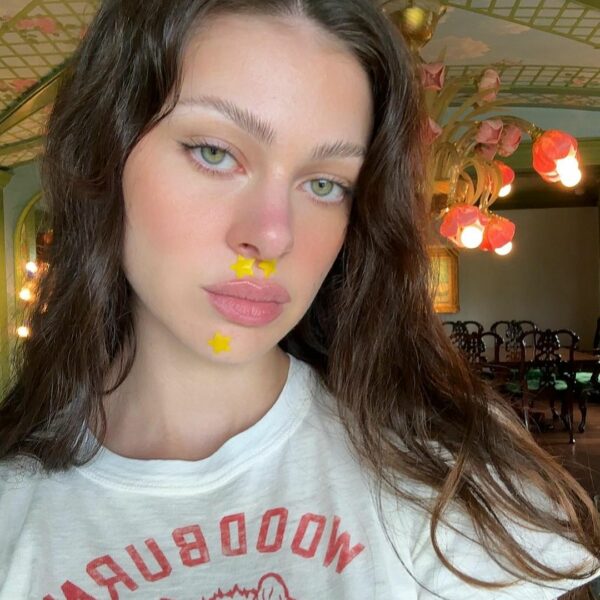Welcome to Did You Know, a bite-sized, new column where we aim to make wellness more digestible. On the agenda for today: white vs. brown fat.
“The type of fat most people think of when they think of body fat is white fat,” says Dr. Stacie J. Stephenson, functional and integrative medicine doctor and author of the upcoming book Glow: 90 Days to Create Your Vibrant Life From Within. “White fat can be stored under the skin as subcutaneous fat and around the organs, which is the more health-hazardous visceral fat.”
But we also have another type of fat, brown fat, that actually helps with our metabolism, blood sugar, and energy. We have a lot of brown fat as babies, and it lessens over time. However, there are ways we can activate our existing brown fat, and there’s even some evidence that we may be able to change white fat into this helpful brown fat.
Dr. Stephenson breaks it down for us below.
White Fat
“When your body stores fat as fuel to use later, that’s typically white fat. The bottom line with white fat is that we all need some for stored fuel, but too much white fat can interfere with metabolic and hormonal health,” Dr. Stephenson says.
Brown Fat
“Brown fat is a different kind of fat that’s actually good for you, and the more, the better,” Dr. Stephenson explains. “Its primary function is to keep you warm. Brown fat burns sugar and fatty acids in order to create heat and keep the body’s temperature in a safe range, which can help people with too much circulating blood sugar and fat.”
How can we activate our existing brown fat?
– Cold exposure
“Brown fat starts to activate at the point before you start shivering,” Dr. Stephenson says.
“In warm conditions, brown fat is pretty much dormant, but turn down the temperatures, and it starts burning sugar and fat to keep you warm,” Dr. Stephenson says. She adds that this is why people do things like cryotherapy and cold plunges.
– Exercise
“Although scientists aren’t entirely sure why, exercise also seems to activate brown fat to some extent, even though it is generally heating, not cooling. One theory is that because exercise burns glucose and fat in the body, it might enlist brown fat to help with that process,” she says.
And turning white fat into brown fat?
“Technically, any type of fat can change into another type of fat, but this isn’t something that happens easily. It’s more likely an adaptation over time in response to a drastic change in environment,” Dr. Stephenson says.
“There is some evidence that long-term cold exposure (like living in a very cold climate) might increase brown fat stores naturally. But most of the research suggests that rather than switching from white to brown, white fat experiences what scientists call a “beiging,” meaning the fat doesn’t turn directly into brown fat, but it moves towards a brown-fat-like state,” she explains. This transformed fat is known as beige fat.
Exercise can also lead to “beiging” of white fat.
As for that beige fat? “It exhibits some of the properties of brown fat, in that it improves metabolism and burns some sugar and fat, but not to the degree natural brown fat does,” Dr. Stephenson explains. “Still, it is good to know that if you exercise regularly and expose yourself to cold temperatures in a safe, regular, and therapeutic manner, you are likely doing things to improve your metabolism, blood sugar regulation, and cellular energy production, and you’ve got brown fat, or beige fat, to thank for that.”
“One study showed that cold exposure made brown fat burn more glucose and increase insulin sensitivity, which could be really useful for people with blood sugar issues such as pre-diabetes and type-2 diabetes,” Dr. Stephenson says. “Cold exposure also makes brown fat burn more fatty acids and increase the metabolism.”
“People with more brown fat also tend to burn off branched chain amino acids (BCAAs), which have been linked to metabolic diseases like diabetes and obesity,” she continues. “With less brown fat,BCAAs can remain in the bloodstream, causing an increased risk of obesity, insulin resistance, and type 2 diabetes in both animals and humans.”
The content provided in this article is provided for information purposes only and is not a substitute for professional advice and consultation, including professional medical advice and consultation; it is provided with the understanding that Poosh, LLC (“Poosh”) is not engaged in the provision or rendering of medical advice or services. The opinions and content included in the article are the views of the interviewee only, and Poosh does not endorse or recommend any such content or information, or any product or service mentioned in the article. You understand and agree that Poosh shall not be liable for any claim, loss, or damage arising out of the use of, or reliance upon any content or information in the article.
Up next, be the first to know our weekly content and sign up for our Poosh newsletter.



